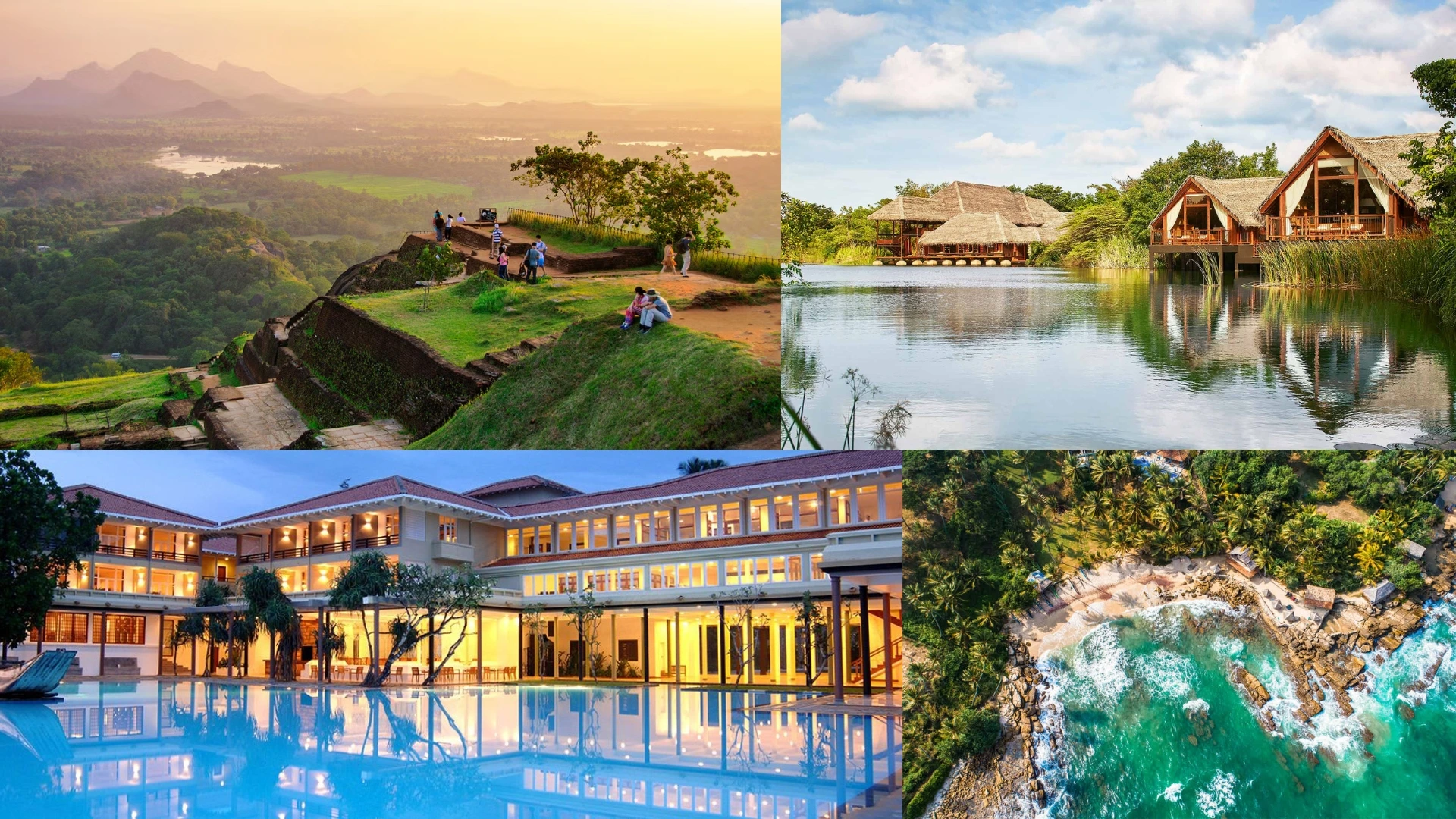Sri Lanka is back on the global tourism radar not just as a scenic escape, but as a rising star in Asia’s experience-driven travel economy. A recent feature in Travel and Tour World positions the island as a top destination for authentic adventures and simplified travel access. But beneath the headlines lies a deeper question: can this tourism momentum translate into sustainable business growth and investment?
This article explores how Sri Lanka’s evolving tourism strategy is reshaping investor confidence, SME opportunities, and the future of travel-linked industries.
From Scenic to Strategic: Tourism’s New Business Narrative
Sri Lanka’s appeal has always been visual; beaches, temples, tea estates, and wildlife. But in 2025, the narrative is shifting. Tourists aren’t just seeking beauty; they want meaning. The rise of authentic travel; community-based experiences, cultural immersion, and nature-linked adventures is creating new demand across the value chain.
This shift is more than aesthetic. It’s economic. Local entrepreneurs, hospitality startups, and regional tour operators now have a chance to build scalable models around storytelling, sustainability, and digital access.


Simplified Access: A Gateway for Investment
One of the biggest enablers of Sri Lanka’s tourism rebound is simplified travel access. Visa processes have been digitized, airport infrastructure upgraded, and immigration bottlenecks reduced. These reforms don’t just benefit tourists, they signal to investors that Sri Lanka is serious about ease of doing business.
For travel tech firms, aviation partners, and global hospitality chains, this creates a low-friction entry point. Already, regional airlines are expanding routes, and boutique hotel brands are scouting locations in the south and east.
The Experience Economy: Where SMEs Thrive
Authentic travel isn’t dominated by big brands, it’s powered by small and medium enterprises (SMEs). From eco-lodges in Ella to culinary tours in Jaffna, local businesses are becoming the backbone of Sri Lanka’s tourism identity.
This opens up opportunities for:
- Impact investors seeking community-driven models.
- Exporters of artisanal goods, wellness products, and local crafts.
- Tech platforms that connect travelers to verified local experiences.
With the right support; grants, digital training, and marketing partnerships Sri Lankan SMEs can scale globally while preserving local character.
Sustainability as Strategy, Not Slogan
Sri Lanka’s tourism board is leaning into sustainability, not just as a branding tool but as a strategic differentiator. Eco-tourism zones, biodiversity protection, and carbon-neutral travel packages are gaining traction.
For investors, this means:
- Green bonds linked to tourism infrastructure.
- ESG-aligned hospitality ventures with measurable impact.
- Partnerships with conservation NGOs to build trust and credibility.
The Mannar wetlands, Sinharaja rainforest, and Knuckles range aren’t just ecological treasures, they’re investment zones for responsible tourism.


Post-Crisis Recovery: A Test of Policy and Continuity
After years of economic and political turbulence, Sri Lanka’s tourism sector is showing signs of resilience. But recovery isn’t automatic, it requires policy continuity, contract stability, and regional branding.
The government’s push for tourism-linked investment zones, simplified tax structures for hospitality ventures, and export incentives for travel-linked products are steps in the right direction. What’s needed now is consistent execution and stakeholder alignment.
What Businesses Should Watch
As Sri Lanka’s tourism profile rises, here’s what businesses and investors should monitor:
- Regional demand shifts: India, China, and the Middle East are emerging as key source markets. Tailored packages and language-specific services will be essential.
- Digital platforms: Booking, verification, and experience curation are moving online. Local startups in travel tech are ripe for funding.
- Infrastructure gaps: While airports are improving, last-mile connectivity and sanitation in rural zones need attention. PPP models can bridge these.
- Talent development: Hospitality training, language skills, and digital literacy will determine service quality. Edtech and HR firms have a role to play.
Conclusion: Tourism as a Business Engine
Sri Lanka’s tourism resurgence is more than a feel-good story, it’s a business opportunity. Authentic travel, simplified access, and sustainability are not just trends; they’re pillars of a new economic model.
For investors, entrepreneurs, and policymakers, the challenge is clear: move beyond promotion and build the systems that turn travel into transformation. If done right, Sri Lanka won’t just be a rising star, it’ll be a regional benchmark for tourism-led growth.
Related Analysis:





